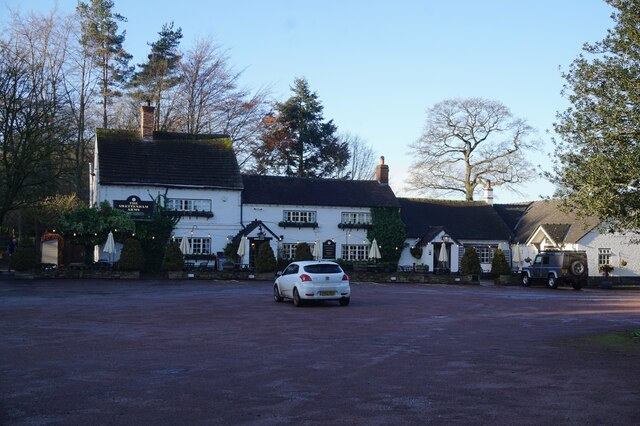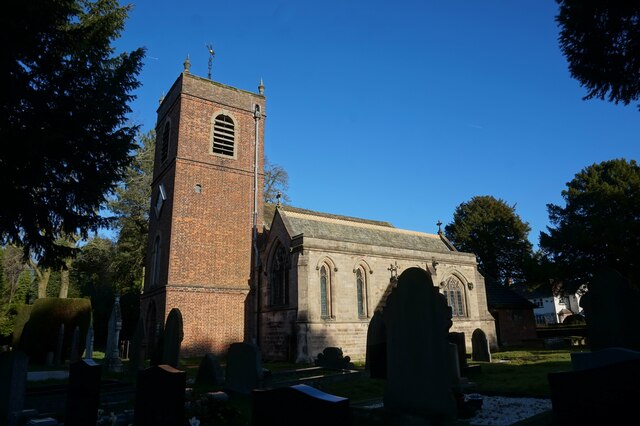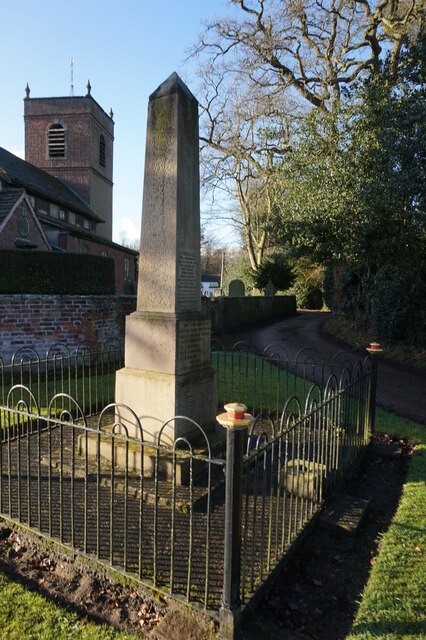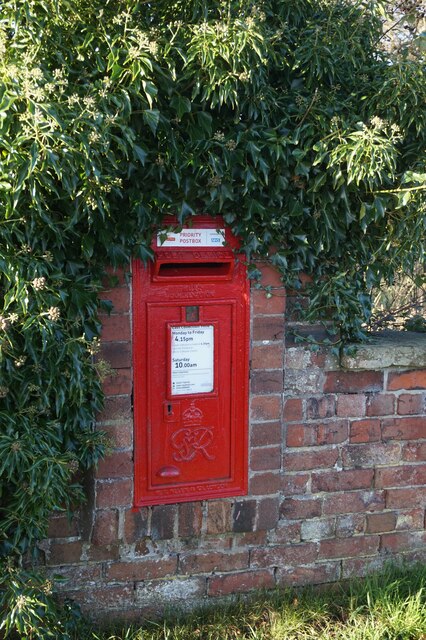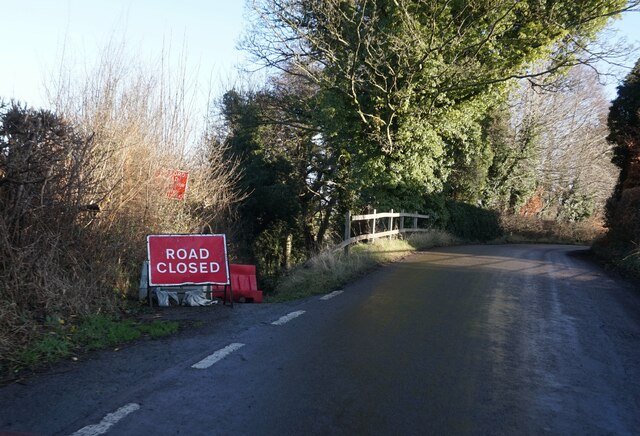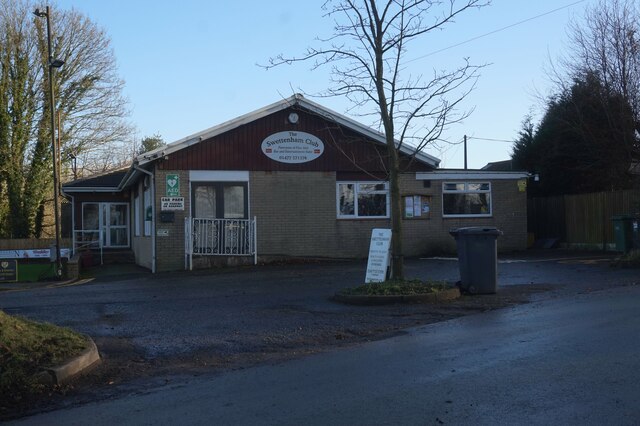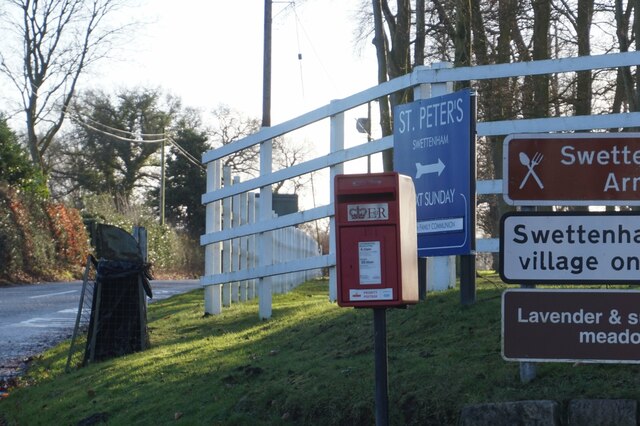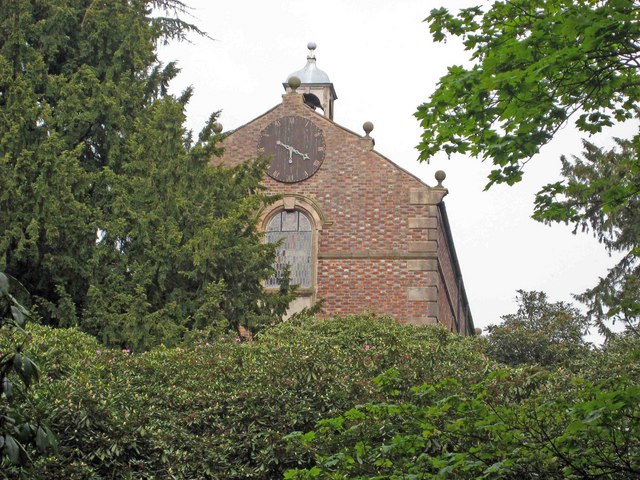Davenport
Settlement in Cheshire
England
Davenport
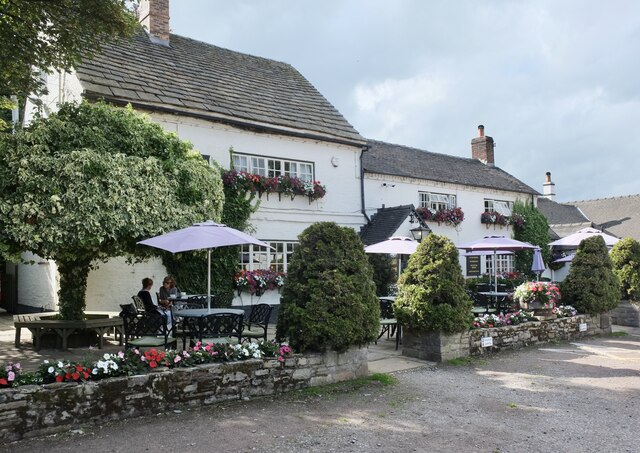
Davenport is a small village located in the county of Cheshire, England. Situated just 3 miles south of the town of Congleton, Davenport is nestled in the picturesque countryside of the Cheshire Plain. The village is surrounded by lush green fields, rolling hills, and meandering streams, offering residents and visitors a tranquil and idyllic setting.
Davenport is known for its charming and quaint atmosphere. The village is characterized by its traditional stone-built houses and buildings, which add to its timeless appeal. The community in Davenport is closely-knit, with a friendly and welcoming atmosphere. The village boasts a vibrant local community, with various social events and activities organized throughout the year.
Despite its small size, Davenport offers a range of amenities for its residents. The village has a local pub, which serves as a gathering place for locals and visitors alike. There are also a few small shops and businesses that cater to the everyday needs of the community.
For those seeking outdoor activities, Davenport is surrounded by beautiful countryside, making it an ideal location for nature walks, cycling, and exploring the nearby Cheshire countryside. The village is also conveniently located near the Peak District National Park, offering residents and visitors ample opportunities for outdoor adventures and exploration.
Overall, Davenport is a charming and picturesque village that offers residents a peaceful and close-knit community, while also providing easy access to the natural beauty of the surrounding countryside.
If you have any feedback on the listing, please let us know in the comments section below.
Davenport Images
Images are sourced within 2km of 53.186652/-2.299274 or Grid Reference SJ8065. Thanks to Geograph Open Source API. All images are credited.




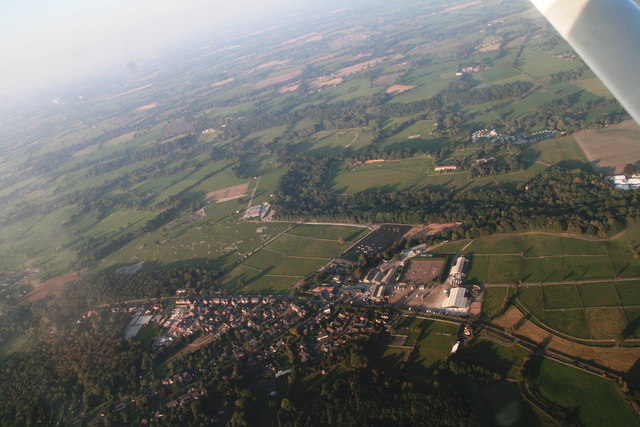

Davenport is located at Grid Ref: SJ8065 (Lat: 53.186652, Lng: -2.299274)
Unitary Authority: Cheshire East
Police Authority: Cheshire
What 3 Words
///twig.smirking.crescendo. Near Holmes Chapel, Cheshire
Nearby Locations
Related Wikis
Swettenham Hall
Swettenham Hall is a country house standing to the southeast of the village of Swettenham, Cheshire, England. It dates from the 17th century and was remodelled...
Somerford Park, Cheshire
Somerford Park is situated off the A54 road midway between Congleton and Holmes Chapel in Cheshire. Somerfield Hall was a Georgian brick-built country...
All Saints Chapel, Somerford
All Saints Chapel, Somerford is in an isolated position near the hamlet of Brereton Heath, between Congleton and Holmes Chapel, Cheshire, England. It...
St Peter's Church, Swettenham
St Peter's Church is in the village of Swettenham, Cheshire, England. The church is recorded in the National Heritage List for England as a designated...
Nearby Amenities
Located within 500m of 53.186652,-2.299274Have you been to Davenport?
Leave your review of Davenport below (or comments, questions and feedback).

